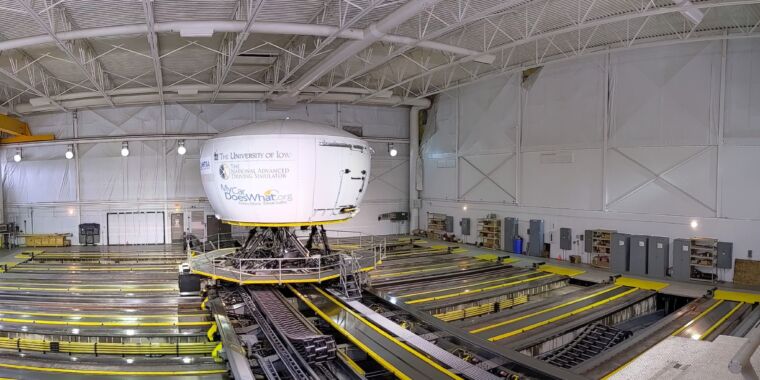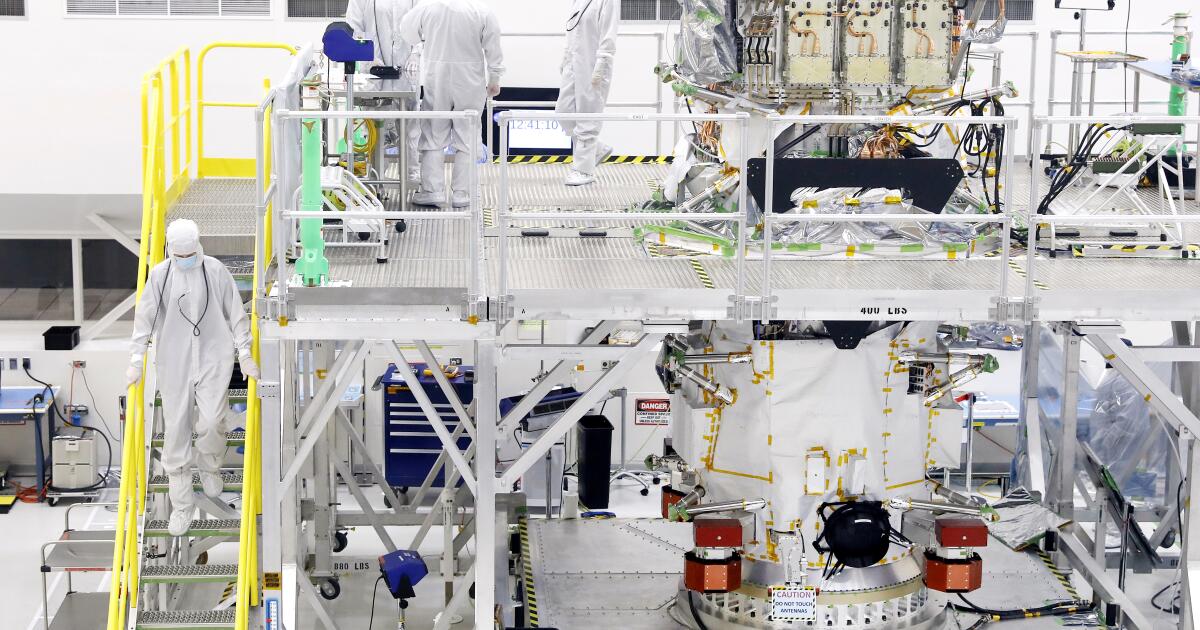Expensive tissue hypothesis
The expensive tissue hypothesis (ETH) relates brain and gut size in evolution (specifically in human evolution). It suggests that in order for an organism to evolve a large brain without a significant increase in basal metabolic rate (as seen in humans), the organism must use less energy on other expensive tissues; the paper introducing the ETH suggests that in humans, this was achieved by eating an easy-to-digest diet and evolving a smaller, less energy-intensive gut.[ 1] The ETH has inspired many research projects to test its validity in primates and other organisms.
The human brain stands out among the mammals because of its relative size compared to the rest of the body. The brain of Homo sapiens is about three times larger than that of its closest living relative, the chimpanzee. For a primate of its body size, the relative size of the brain and that of the digestive tract is rather unexpected; the digestive tract is smaller than expected for a primate of a human body size. In 1995, two scientists proposed an attempt to solve this phenomenon of human evolution using the Expensive Tissue Hypothesis.
The original paper introducing the ETH was written by Leslie Aiello and P. E. Wheeler. Availability to new data on basal metabolic rate (BMR) and brain size has shown that energetics is an issue in the maintenance of a relatively large brain, like the human brain. In mammals, brain size is positively correlated with the BMR. In the paper, Aiello and Wheeler sought to explain how humans managed to provide enough energy to their large and metabolically expensive brains while still maintaining a BMR comparable to other primates with smaller brains. They found that humans’ smaller relative gut size almost completely compensated for the metabolic cost of the larger brain. They went on to postulate that a larger brain would allow for more complex foraging behavior, which would result in a higher quality diet, which would then allow the gut to shrink further, freeing up more energy for the brain. This research also presented a case for studying the evolution of organs in a more interconnected manner, rather than in isolation.[ 1]






















